Phase 4: Deliver
- gracebloye36
- Aug 8, 2024
- 11 min read
Week 14
Following on from last week I continued with my idea generation, asking myself 'What is the intention of a project? 'Who's voices should be acknowledged?' and 'What is the purpose?'
Being a personal project I find it very difficult not to impose my own perspective on the outcome. I think my voice should be included but continuously gaining feedback from my local community can help in developing that voice into a more harmonious one with other people's narrative about a sense of place.
Final Ideas
Idea 1: Psychogeographic Guidebook
This idea stemmed from the psychogeographic practice of derive and was inspired by Rob Forbe’s Ted Talk. I imagined creating a guidebook of the city uising abrstarct photograpyh of city locations, close up shots and unique details relevant to the city. The order of book would be theatrical in nature, following no set form enabling the reader to then be able to explore the city at their own pace, seeing if they can find the locations in the guidebook whilst having their own journey and experience to connect with the place. I wanted this to be more than simply a guidebook but also a game that could be played with friends and other city residents, so intended to include questions and directions, choices of movement such as look up, take the next turn you come across., etc
Potential Outcomes:
Guidebook.
Idea 2: Sense of place app
This idea comes from the understanding that a sense of place is entirely individual and connected to our own human experiences with a location. I wanted to explore how community and people are what make a place, following my interview research. Coming from an autobiographical standpoint my experience of place has developed through my primary and secondary research. I therefore wanted to explore the idea of sharing stories and unique insight into the city through one product. Instead of simply creating a video or exhibition of findings I wanted to provide a mechanism to build a community and enable continual progression of the sense of place.
I therefore thought about developing an app that would connect residents to one another in a way to share their experiences, using memories and telling stories of the location demonstrating how the place in unique to everyone.
Potential Outcomes:
Mobile application.
Guerrilla style advertising.
Environmental design .
Wayfinding system .
Idea 3: Eco-Museum
This idea is about exploring the city through heritage and origins, similar to the Great Fen Project spoken about previously, I wanted to explore the set of archival materials and shared stories through an interactive exploration of the city. Though in my research heritage and origins relevance to the place was split in outlook. I believe that they tell a story and a narrative from the people before and that our history informs our present and this is clear in the development of the city. An eco museum could have set locations within the city where heritage is showcased. Just the journey and exploration to get to these locations could be paired with an abstract map that encourages the idea of getting lost.
Potential Outcomes:
Abstract city map.
Heritage hot spots and informational graphics.
Artifact trails through the city.
Idea 4: Community Engagement
This idea was greatly inspired by Robert Lomas’ mural project, gaining community participation in developing sense of place visuals through workshops. This idea could take many forms in practice. the question simply being 'What is the sense of place in the city of Peterborough?' People can draw or make visuals that are significant to them and their experiences and understandings. This can then be collated into a final design, though the design output is not clear at this stage of the idea and it would take significant development to find the final output. It follows the human experience overall and encourages community participation. This come from a more phenomenological approach to development over an autobiographical approach as I remove myself from the delivering of narrated experience and hand it over to other people.
Potential Outcomes:
Mural.
Maps.
Exhibition.
Editorial.
The list is endless for this idea really.
In this week I also began to consider how I might start writing my essay. Establishing the structure was in itself a challenge for me. Writing at this academic level is a very difficult task for me as writing isn't a particular skill of mine. With the word count at 5000, I felt that I would be able to achieve this by breaking everything into sections. I looked at a few resources, shown below, as a guide in developing my structure as well as from webinars and feedback from tutors. I used these as a starting block for my essay structure.

The introduction should give a clear background and context to the essay, introduce key theories and topics, as well as the overall concept of the project. The research question should be clearly stated in this section. along with the key research methods.
Contextual review - This section gives context to the overall purpose of the project.using reference materials that have been read earlier in the project.
Methodologies is the section saying what was done. Questions that need to be considered in this section are:
Did I use qualitative or quantitative or both? why?
Who participated in the research?
In what order did the research take place?
What ethical considerations are there?
What limitations were there with this research?
Were there any biases?
Research and practice, simply put, is what research I conducted and the key findings that will inform my design outcome of this project.
Conclusion rounds up the project and gives an overview of its validity and success or failure. It also gives the opportunity to demonstrate whether the research methods were useful in collecting the appropriate research for this project.
Week 15 &Week 16
These following weeks I have spent writing solidly, reviewing my research and beginning to write up my essay. I have found that I can't multitask when it comes to writing. I realise that I have become massively off schedule for this project. however I need to prioritise the writing of the essay because it will otherwise not get done on time.
Week 17
Getting back on track with the development of my design I put together a questionnaire to gather some feedback on my ideas and overall I have decided to develop a community app that engages users with the sense of place.
I asked the following questions:
Does Peterborough feel safe enough for you to walk around and explore?
Which approach do you think would be most beneficial in creating a connection between people and place, through the method of exploration?
Following up to the previous question, why do you think your chosen option would work the best?
The questionnaire help me to focus my ideas and gain an understanding the of what the local community think. I chose to move forward with the local community app for city residents. Focusing the app towards being a community platform for shared experience and an understanding of place. The ability to connect with others as well as the place offers new perspectives and ways of seeing which can't necessarily be done on an individual basis. I think it is important to also consider how residents will interact with the app when exploring the city. and thinking about what the purpose of the app is in relation to exploration.
Week 18
I began this week reviewing all of my feedback and research, thinking about how and what the purpose of my project is. I looked at many different visuals of the city and navigational design trying to gain a bit of inspiration that would translate the concept through to the design. Thinking about how my own design might come together and what imagery could enhance a sense of place within the design itself. I put together some mood boards of inspiration to help me move forward in the design development of this project.
Service design
I started by watching some videos about the basics of service design. It is clear there are a lot of different elements that make up the service design process. Designing a service is a completely immersive process through understanding the needs of the customer at every stage of the process and employing the best tools and design strategies to meet the needs of those using the service. It's about creating better services for the users.
Customers experience services through a chain of interactions. To design the best service there needs to be an understanding of the customer, how they interact with the service, as well as what the service is meant for. Understanding the relationship between service user and service provider helps in delivering a positive service design at every touchpoint of the service itself.
So what touchpoints do I need to consider when developing my app to get the best possible user engagement?
Week 19
After developing the concept, I wanted to test it. Following an overview of service deisgn, the 5 principles and tools used in the development of a service design project, I attempted to figure out the best approach for me when trying to achieve a sense of place for my final piece. I drew out all of the touch points and made a sketched prototype to give to people and gain some feedback. It detailed how the app would function and how people could engage with one another in developing the sense of place of the city. From that I began to sketch out some ideas, thinking about the different touch points and functionality of the app itself.

Prototypes
Week 20
I had given my essay to a few people to read and over the course of this week I will review the feedback and make the appropriate amendments to the written element of this project before the final submission next week.
Following my feedback from the prototyping I began with the design development, firstly addressing the name of the product.

Typography Research
Having done a lot of research on typography throughout this course, I thought about how I might generate the most impact through typography for this project brief. I looked at a few designers from previous projects and some that I hadn't reviewed before to find inspiration of different ways I could use type.
Non Format
They find creative ways to experiment with materials and texture to tell a story through their use of type. I liked the illustrative approach they had to type and the integration of type and image. I particularly liked the treatment of the type by scanning of fraying velvet and the collaboration they did with use of illustration over type that they used throughout the Wire magazine. It gave the typography multiple levels and combined the two focuses of type and illustration. Inspired by the Bauhaus teachings and the use of basic shape, the super bold geometric elements created abstract form of art through type. The evolution of many type faces were experimentations of weight, size, height and geometry. Though they all used the same sort of elements, they all had their own individual language, the blur of boundaries between typography and art is very evident in their work though. The abstract type, legibility and use in layout challenges the function of type. The natural progression of work is through use of experimentation and collaboration leads to new ideas and outcomes and challenging the scope of what is possible.
Gordon Young
I really love the work of Gordon Young. The ambitious scale, interactivity, use of material and form of his environmental work gives a sense of wonder. The collaborative nature of each project shows a diverse range of skills and the cultural heritage of place within the different locations of his work. I love his use of type to communicate through the use of another element, adding different layers to his work.
The book 'In Loving Memory' by Craig Oldham is a lovely example of how typography and design work together to express personal and social issues. The book is a visual record of the miners strike 1984-1985. Its about giving a voice to the people and showing the trials that the miners faced through a visual design, inspired by banners, placards and other visuals seen in the rallies and demonstrations held. Incorporating coal dust from the Barnsley main colliery in the limited edition sleeve, is a beautiful way of bringing to life the message and communicating the overall language through the production of the design and increasing the reader's sensory experience.
I also came across a article called Using typography as a catalyst for positive change. this really demonstrated how type has the power to impact people. It can evoke emotion and character though choice of design and format. The fonts included in the article are:
The climate crisis font - This was created by Helsingin Sanomat. The font's weight changes in a way to look like it is melting to represent the rate of climate change. 'The weights change based on data from the National Snow and Ice Data Center (NSIDC), spanning the years 1979 to 2019, and projections by the Intergovernmental Panel on Climate Change (IPCC) up to 2050.' I really like this font it communicates the urgency of the issue and is clear in what it represents. along with the scientific statistics it is based on, you can get a real sense of what is being conveyed to the audience.
Martin, was designed by Tré Seals as a non-violent typeface. the inspiration came from the 1968 Memphis Sanitation Strike posters. This typeface represents a piece of history tied to the civil rights movement and Martin Luther King's peaceful protests. I think this shows the subtlety that type can have in delivering its message. A simple typeface can have profound meaning and when used in a specific way can emphasise what you are trying to communicate to your audience.
Redaction - This typeface was commissioned for The Redaction exhibition band drawn by Jeremy Mickel. 'It aims to address abuses in the criminal justice system, particularly the imprisonment of poor and marginalised individuals for failure to pay court fines and fees.'
The typeface was inspired by the degradation of type as paper work is processed through the legal system whilst also alluding to the treatment of people in the criminal justice system, with the legality being a sign of power from the author.
Following my type research, I ultimately chose to develop two of the names as I was torn between which would work best. I sketched out a number of ideas thinking about the exploration and movement of the concept trying to engage that with the visual elements. From there moving on to develop the design digitally. Exploring how the typography used would inform the concept.
Having sketched out my ideas I began developing the typographical language and logo of my design keeping in mind how the connection between type and place can be achieved.
Week 21
This week was a big step in the completion of this final project with the submission of the critical report essay. I think that I am happy with the written part of the project. h#However the deadline for the design is now looming and there is still so much to do, because of my hesitation and uncertainty at the start if this project I don't know I have left myself enough time to finish off the final elements of the project.

Week 22
With the prospect of not completing the project on time at this point. I did begin to panic However I continued to look over different visual materials and created a number of mood boards that could inform my design output. I also began sketching out ideas and further touchpoints of how the app would translate and be launched into the community. With the only development so far being the app. I wanted to explore what other options and products could advertise information and work in conjunction with the app in developing a sense of place in the city.

Week 23
In this final week I spent some time going over my practice PDF. I think I have included everything that is needed, though I am always a bit unsure and nervous about the outcome. I have also scanned over my blog to see if I have missed anything as it is a percentage of the overall grade, however I have resolved that I am not going to panic too much. I know that I haven't been particularly good at keeping up with my blog over the course of the final MA project, though I do think that I have included a narrative of the project and shown my thought process through the duration of it.



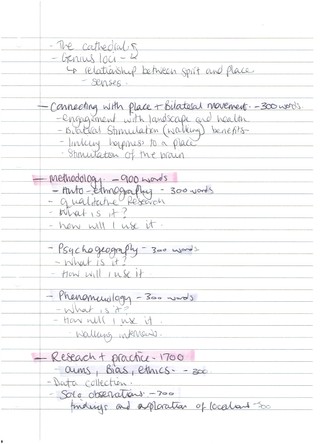



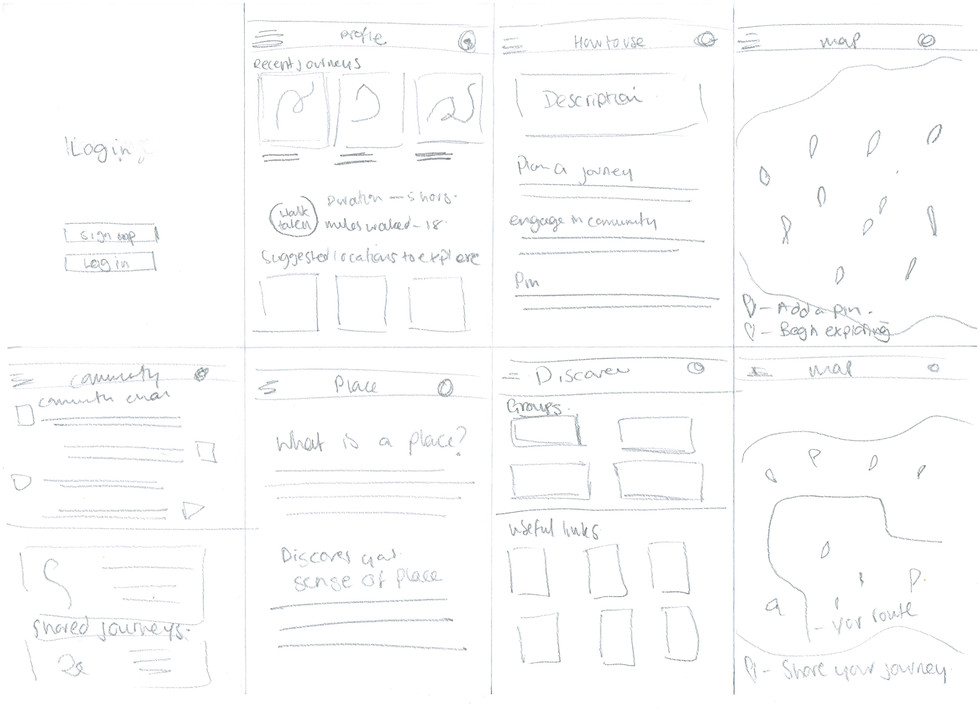


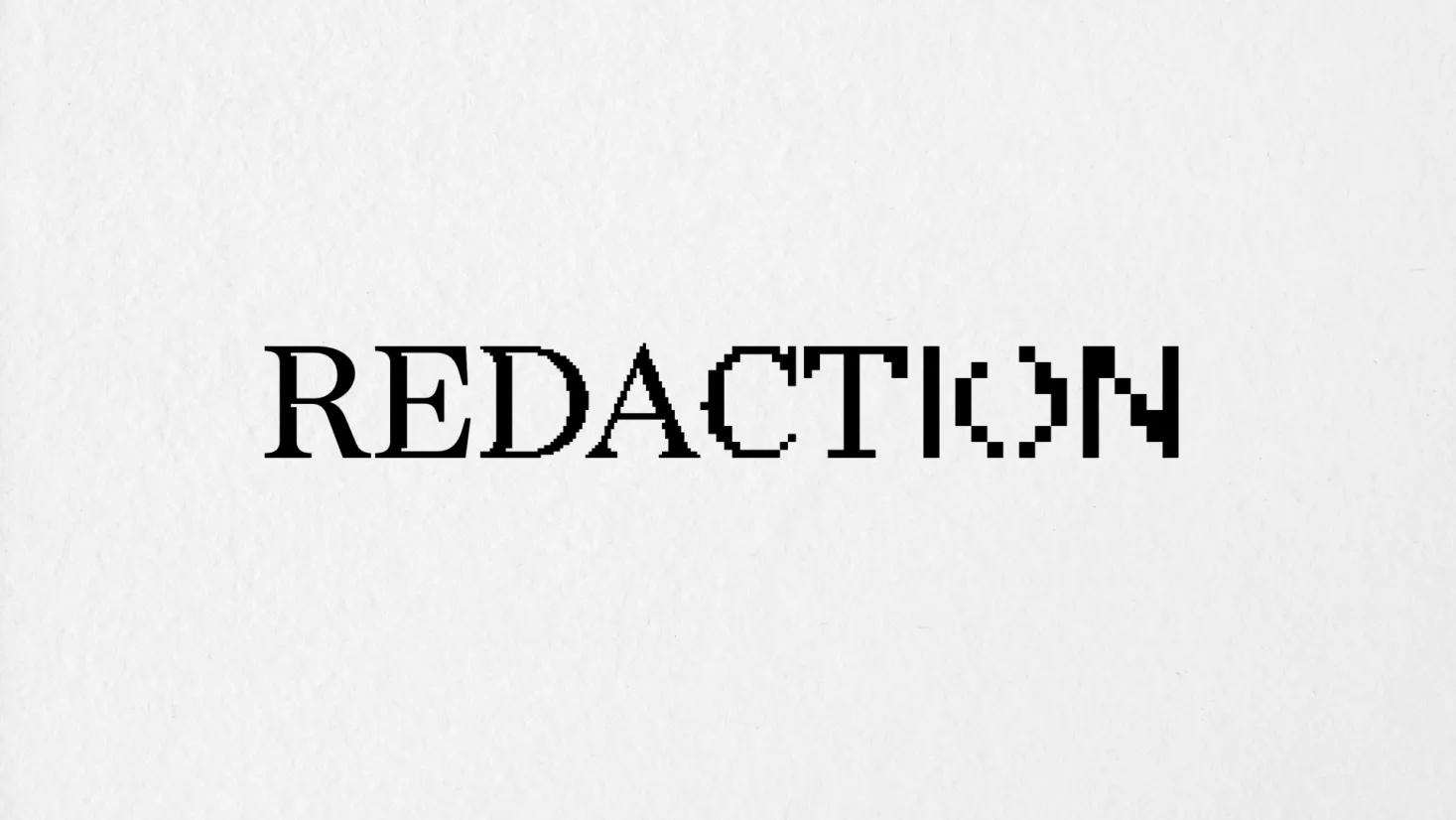
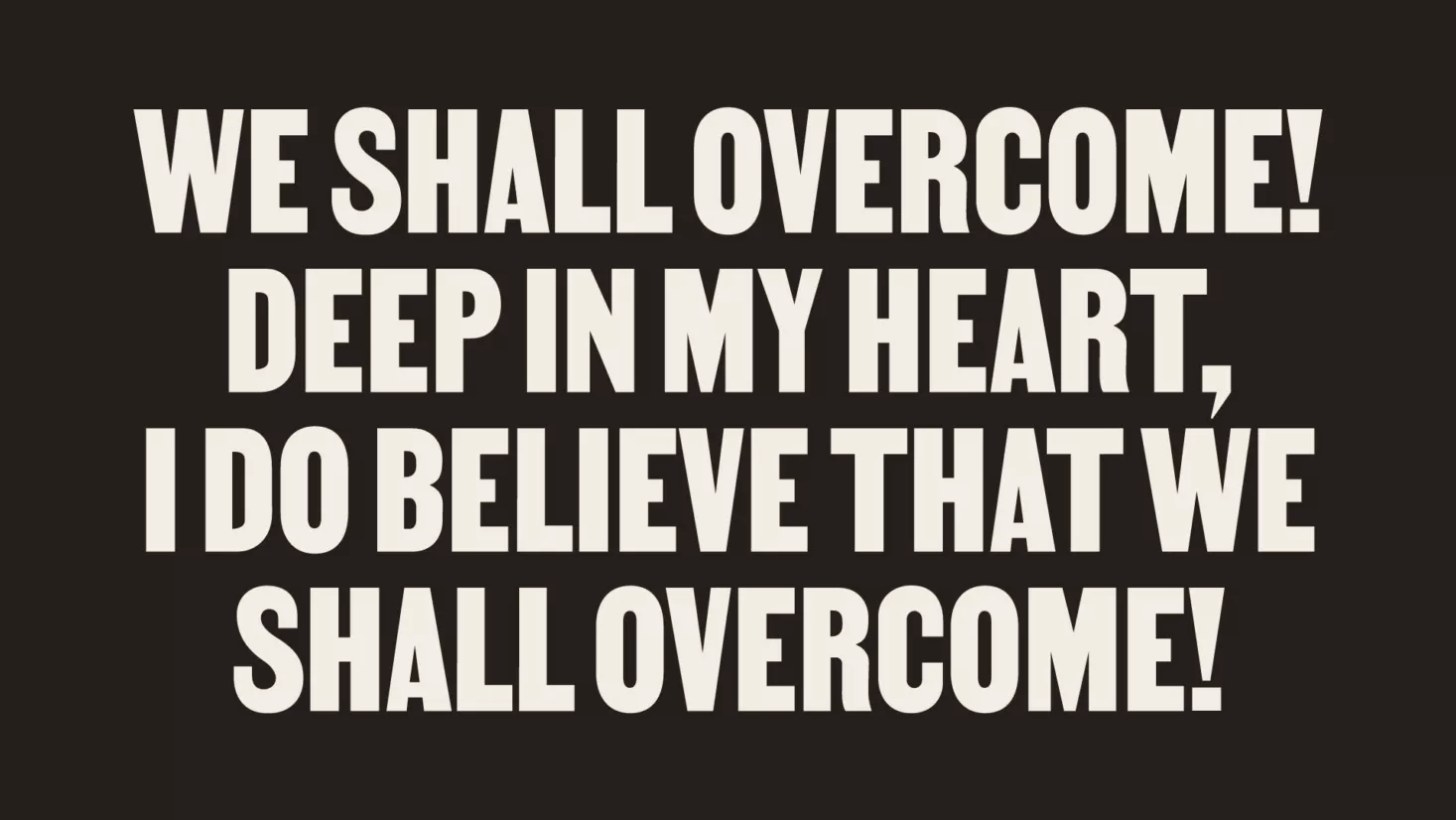
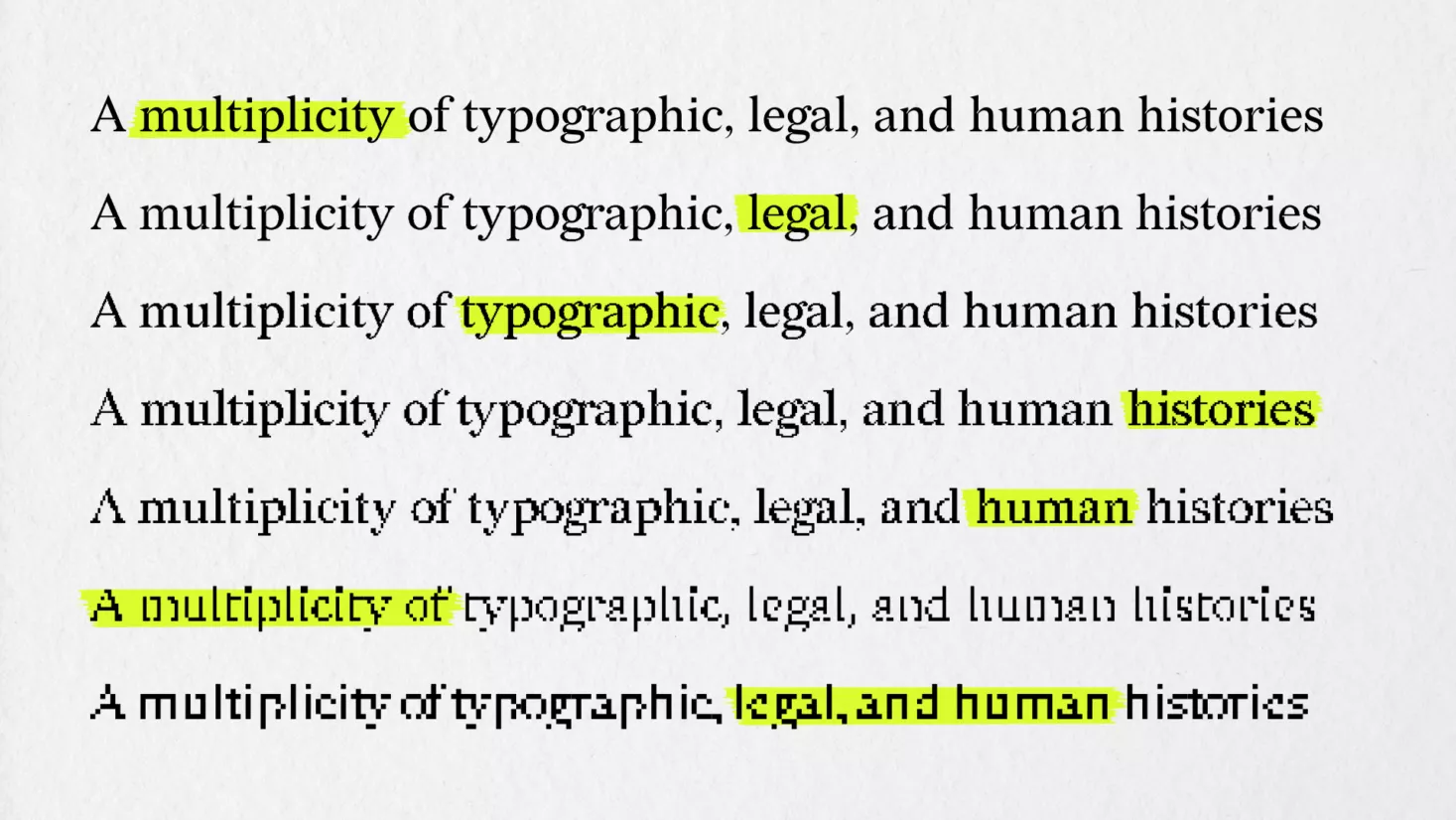
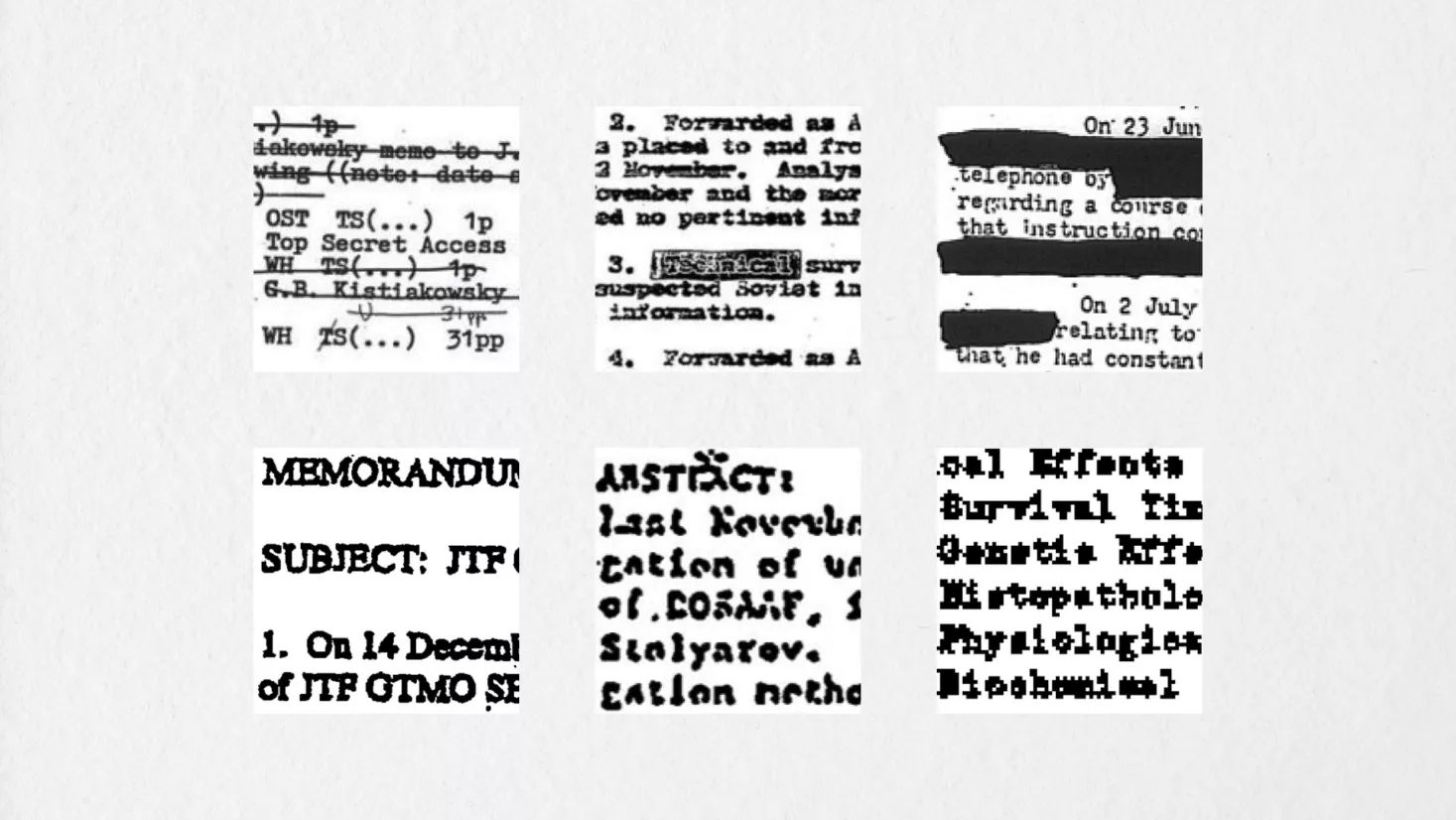
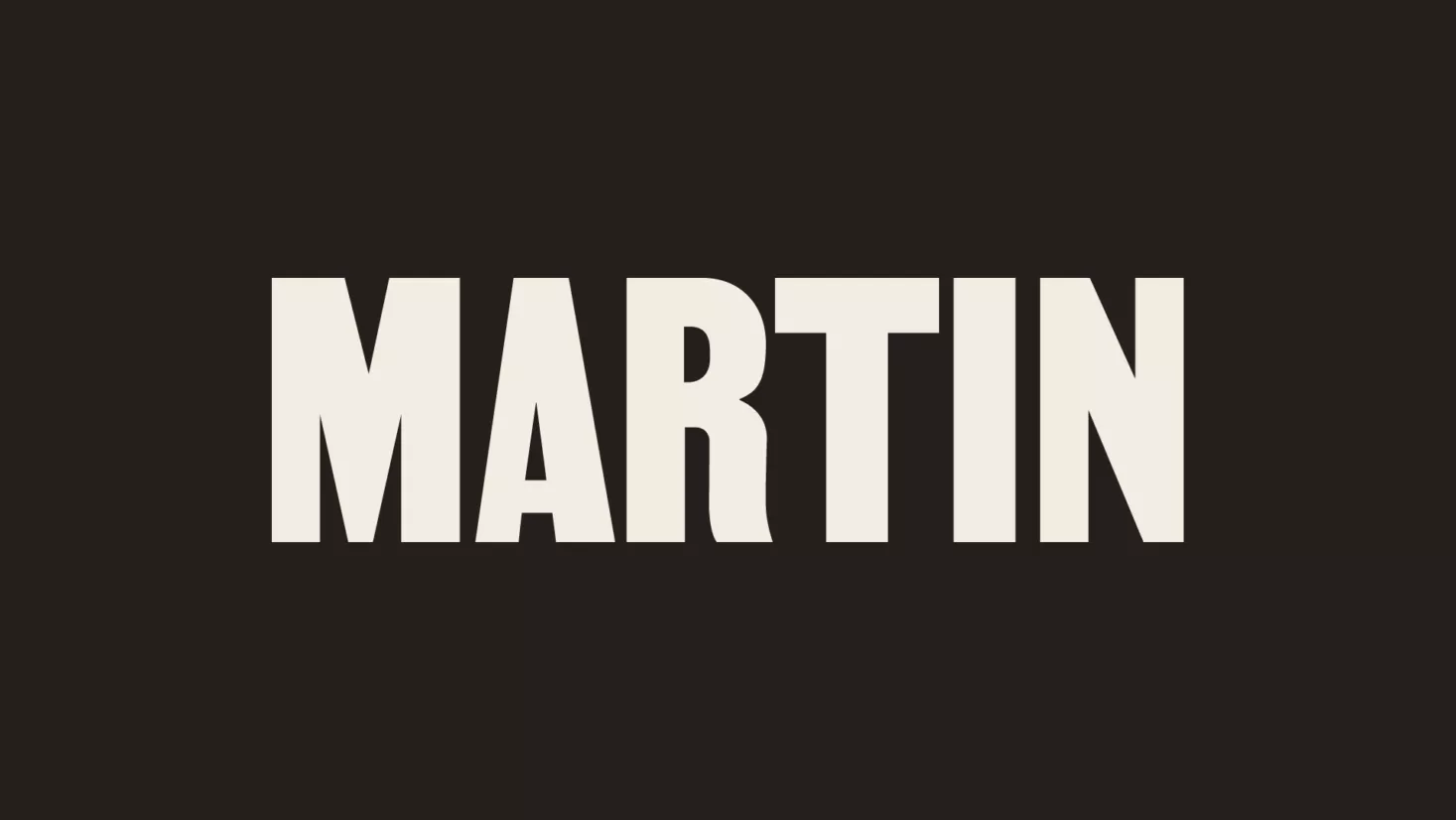
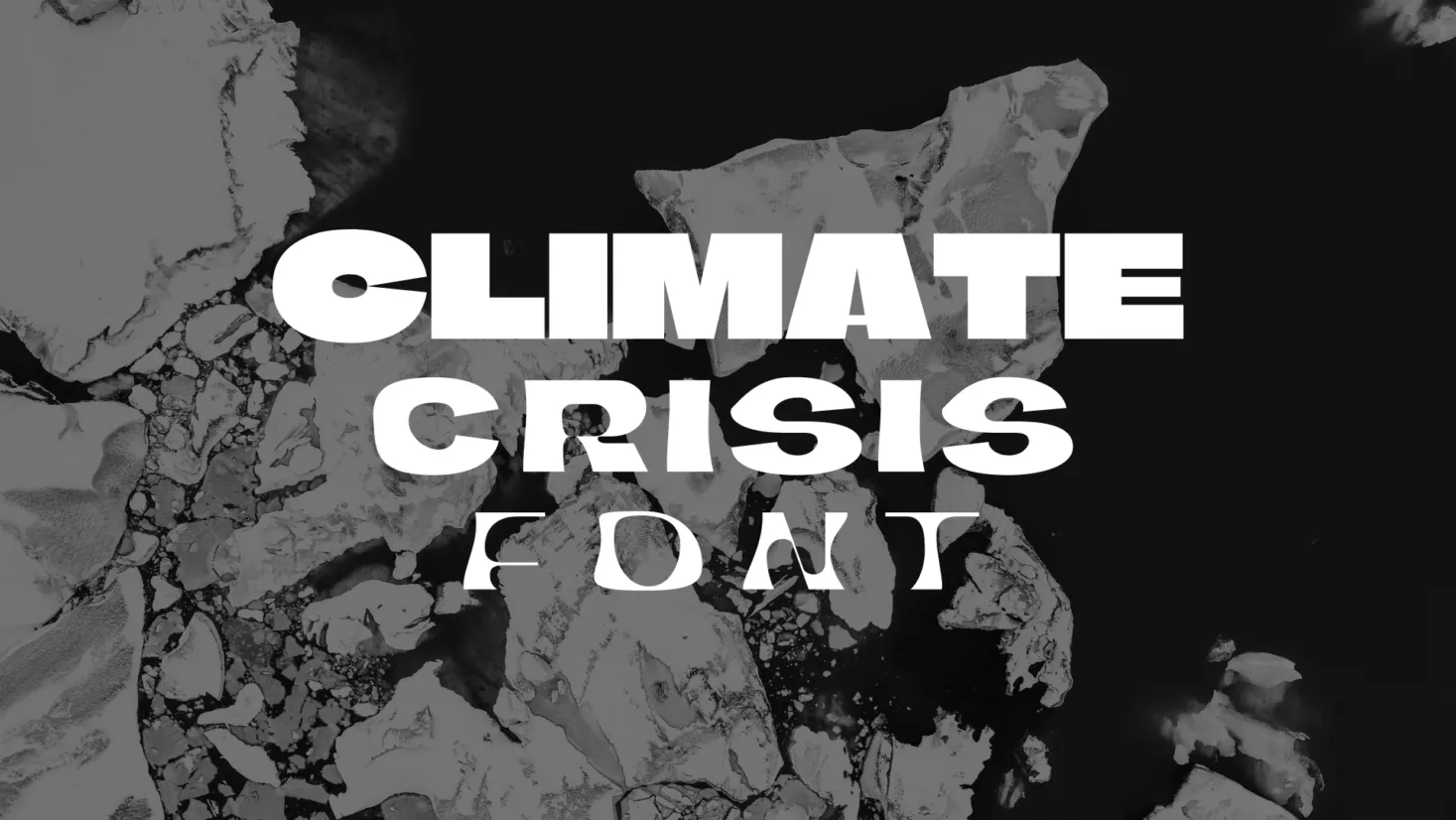
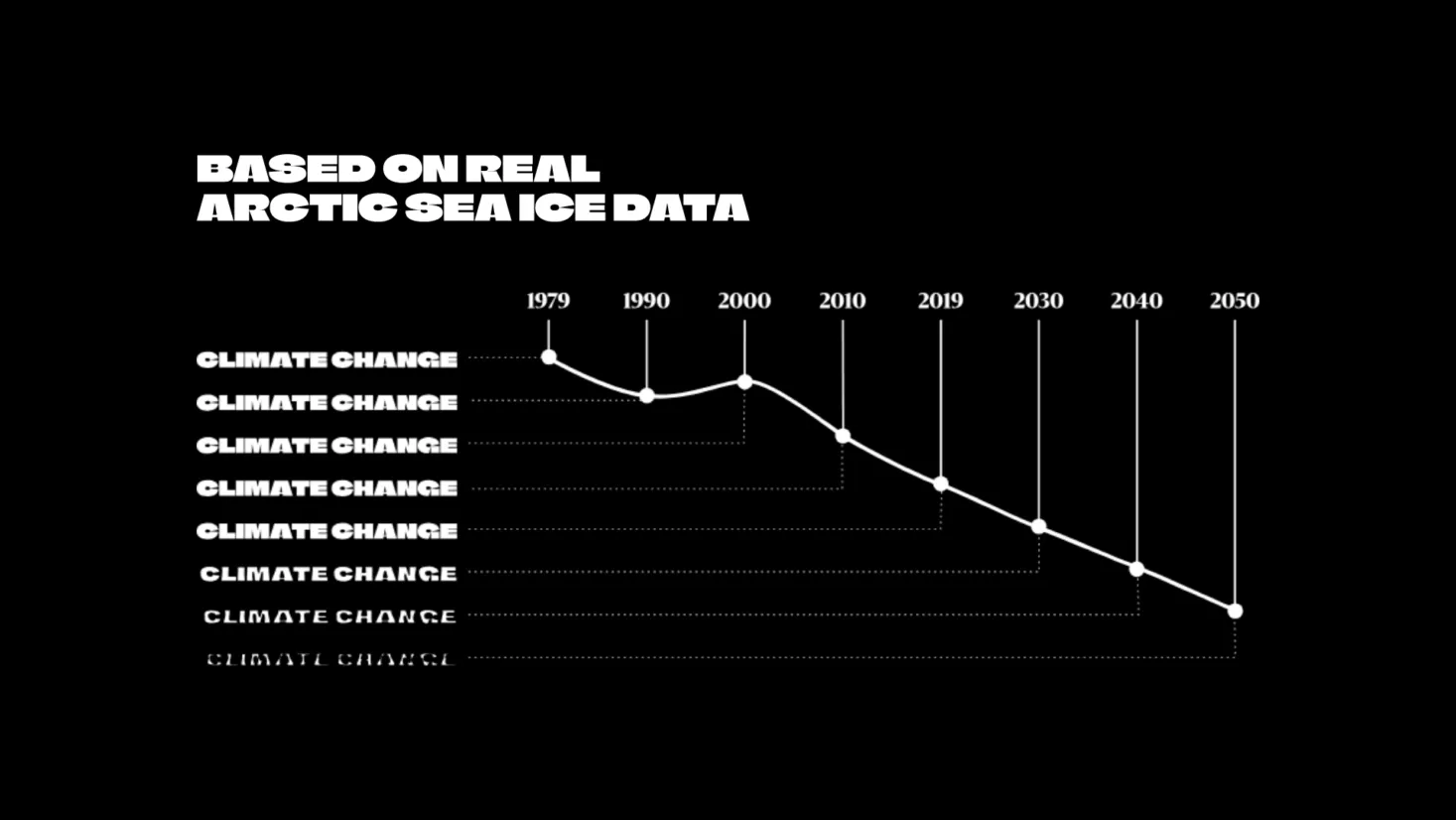







Comments